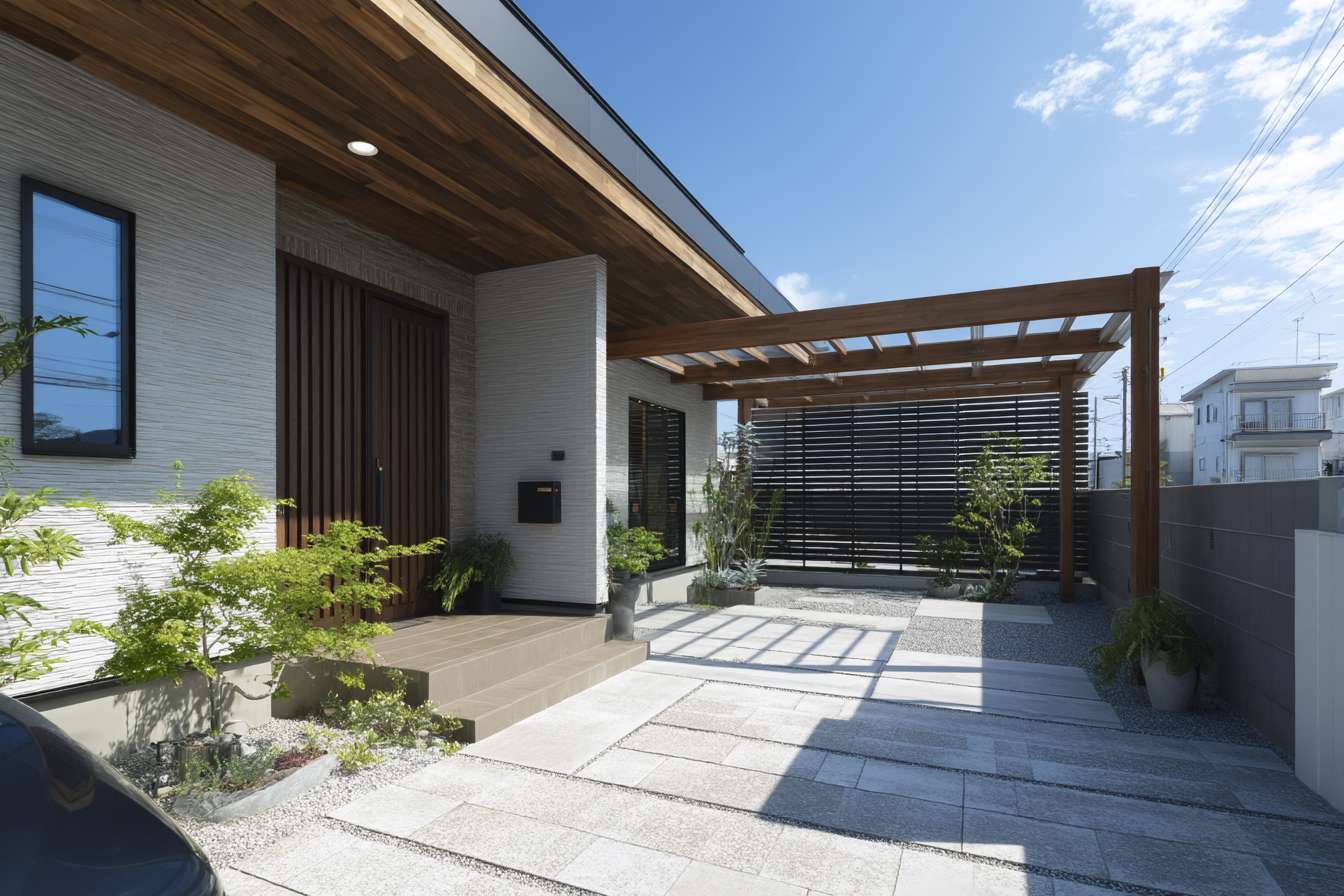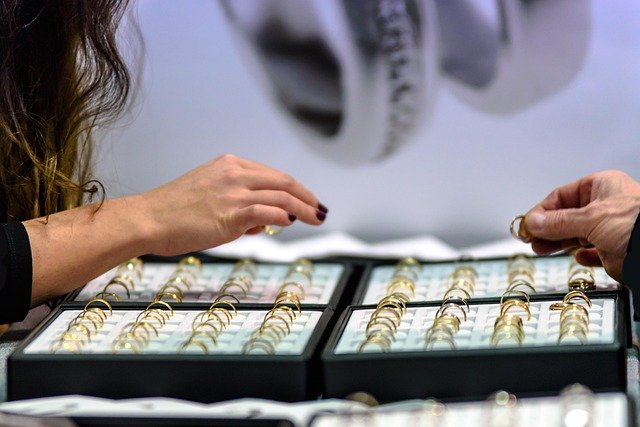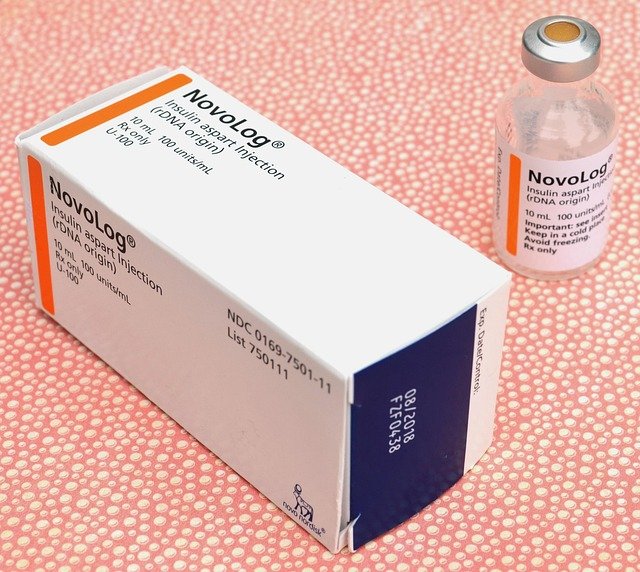Choosing the Perfect Front Door Color for Your Home
The color of your front door serves as more than just a design element—it's the first impression your home makes on visitors and passersby. From classic neutrals to bold statement hues, your door color choice can dramatically transform your home's curb appeal, complement architectural features, and even reflect your personality. Understanding how to select and maintain the right door color is essential for creating a cohesive and inviting exterior design.

The front door of your home serves as both a functional necessity and a powerful design statement. As the focal point of your home’s exterior, its color can dramatically influence your property’s overall appearance, set the mood for visitors, and even affect your home’s market value. Whether you’re building a new home or refreshing your existing entryway, selecting the perfect door color requires thoughtful consideration of architectural style, surrounding elements, and personal preference.
Popular Color Choices for Front Doors
While color preferences vary by region and architectural style, several front door colors have maintained consistent popularity. Classic black doors offer sophistication and versatility, complementing virtually any exterior palette while creating a strong visual anchor. Rich navy blue provides similar benefits with a softer approach, offering timeless elegance particularly suited to traditional homes. For those seeking warmth, deep reds ranging from burgundy to brick create a welcoming focal point that stands out without overwhelming.
Neutral tones like charcoal gray, taupe, and warm brown continue to dominate in contemporary and transitional homes, offering subtle sophistication that ages well. For more adventurous homeowners, teal, forest green, and even carefully selected yellows and oranges can create distinctive entryways that reflect personal style while still maintaining curb appeal.
How Color Affects the Overall Home Appearance
The psychological impact of your door color extends beyond mere aesthetics. A front door color creates an emotional response that sets expectations for what lies beyond. Warm colors like red and orange convey energy and excitement, while cooler tones like blue and green suggest tranquility and stability. The contrast level between your door and surrounding elements also significantly impacts perception—high-contrast combinations draw immediate attention to the entry, while subtle, harmonious pairings create a more understated, sophisticated look.
Scale also matters when considering color impact. A bold color on an oversized door might overwhelm a small façade, while a subtle hue might disappear on a grand entrance. The orientation of your home affects how light interacts with color throughout the day—southern exposures intensify colors, while northern light tends to flatten them. These considerations explain why a color that looks perfect on a neighbor’s door might not translate successfully to your own home.
Matching Door Colors with Exterior Design Elements
Creating cohesion between your door color and other exterior elements requires attention to both existing features and overall architectural style. For brick homes, colors that complement the undertones in the brick—whether warm terracotta or cool gray—create harmony. With vinyl or painted siding, doors can either closely match trim for a cohesive look or provide contrast for visual interest. Stone exteriors typically pair well with earthy tones that echo natural elements.
Architectural style provides important context for appropriate color selection. Colonial homes traditionally feature doors in heritage colors like deep red, navy, or forest green. Mid-century modern homes embrace distinctive oranges, teals, or bright yellows. Craftsman-style homes often showcase natural wood tones or deep, earthy greens and browns that complement their organic aesthetic. Contemporary homes frequently feature dramatic black doors or unexpected pops of color that serve as artistic statements.
Seasonal and Trending Color Options
Door color trends evolve alongside broader design movements, though at a somewhat slower pace than interior design trends. Recent years have seen increasing popularity of moody, saturated colors like plum, emerald green, and deep teal, reflecting a general design shift toward more personalized, expressive choices. These rich hues offer sophistication while still providing visual interest.
Some homeowners opt to change door colors seasonally, using lighter, brighter hues in spring and summer months, then transitioning to deeper, warmer tones for fall and winter. While this approach requires more maintenance, it allows for creative expression that reflects seasonal changes. For those hesitant to commit to trend-forward colors, removable door wraps or seasonal decorative elements can provide temporary color changes without permanent commitment.
Tips for Maintaining Painted or Stained Doors
Proper preparation and application significantly impact the longevity of door finishes. For painted doors, thorough cleaning, sanding, and priming create the foundation for lasting color. Quality exterior paint formulated specifically for doors and trim will resist fading and peeling better than general-purpose options. Most exterior door paints require at least two coats for optimal coverage and durability.
For wood doors with stained finishes, regular maintenance prevents weathering and deterioration. Apply a fresh coat of exterior-grade polyurethane or varnish every 1-2 years, depending on exposure. Clean painted or stained doors quarterly using mild soap and water, avoiding harsh chemicals that can damage finishes. Address chips or scratches promptly to prevent moisture penetration and further damage. In high-sun exposure areas, UV-protective clear coats can significantly extend the life of your door color by preventing fading and deterioration.
Regular inspection helps identify maintenance needs before they become significant problems. Check weatherstripping and seals annually, as deterioration can affect not only energy efficiency but also the condition of your door finish. For maximum longevity, consider how architectural elements like overhangs and storm doors protect your entry door from direct weather exposure—or alternatively, how their absence might necessitate more frequent maintenance.
The color of your front door represents an opportunity to enhance your home’s character while expressing personal style. By understanding color principles, considering architectural context, and maintaining your chosen finish properly, you can create an entryway that welcomes visitors and enhances your home’s overall aesthetic appeal for years to come.



